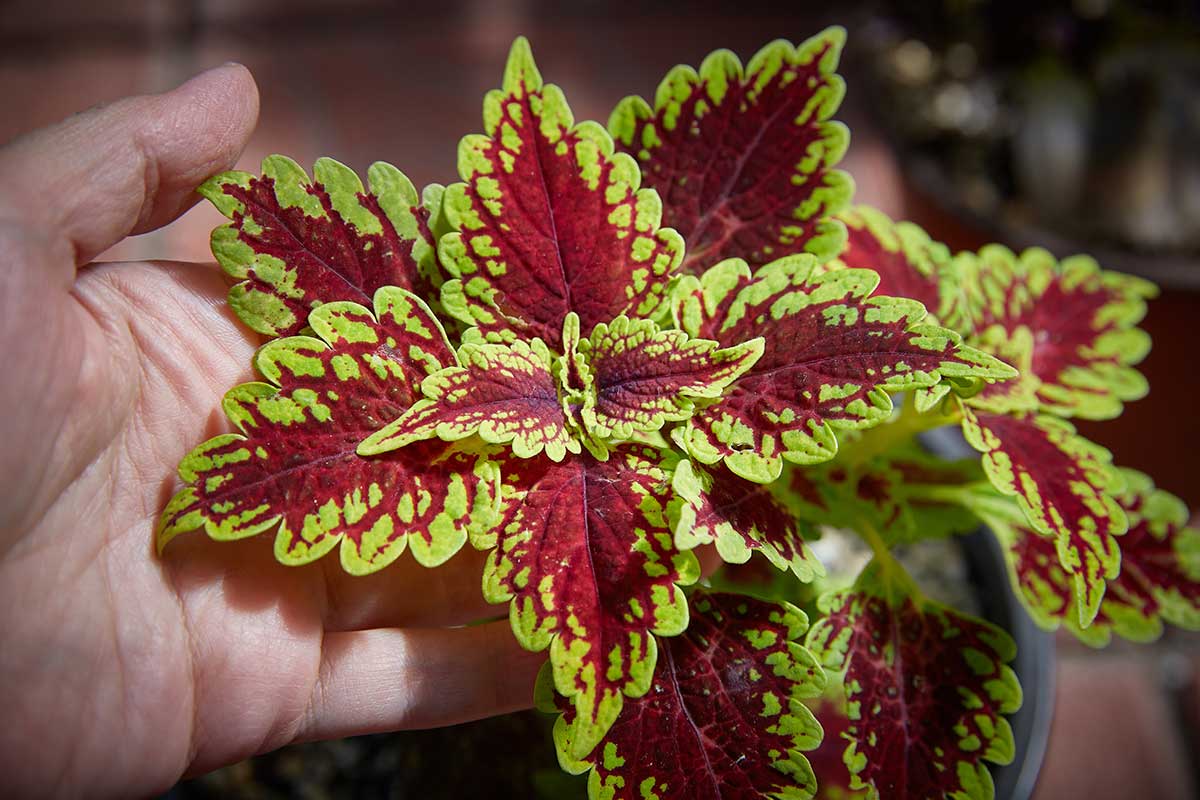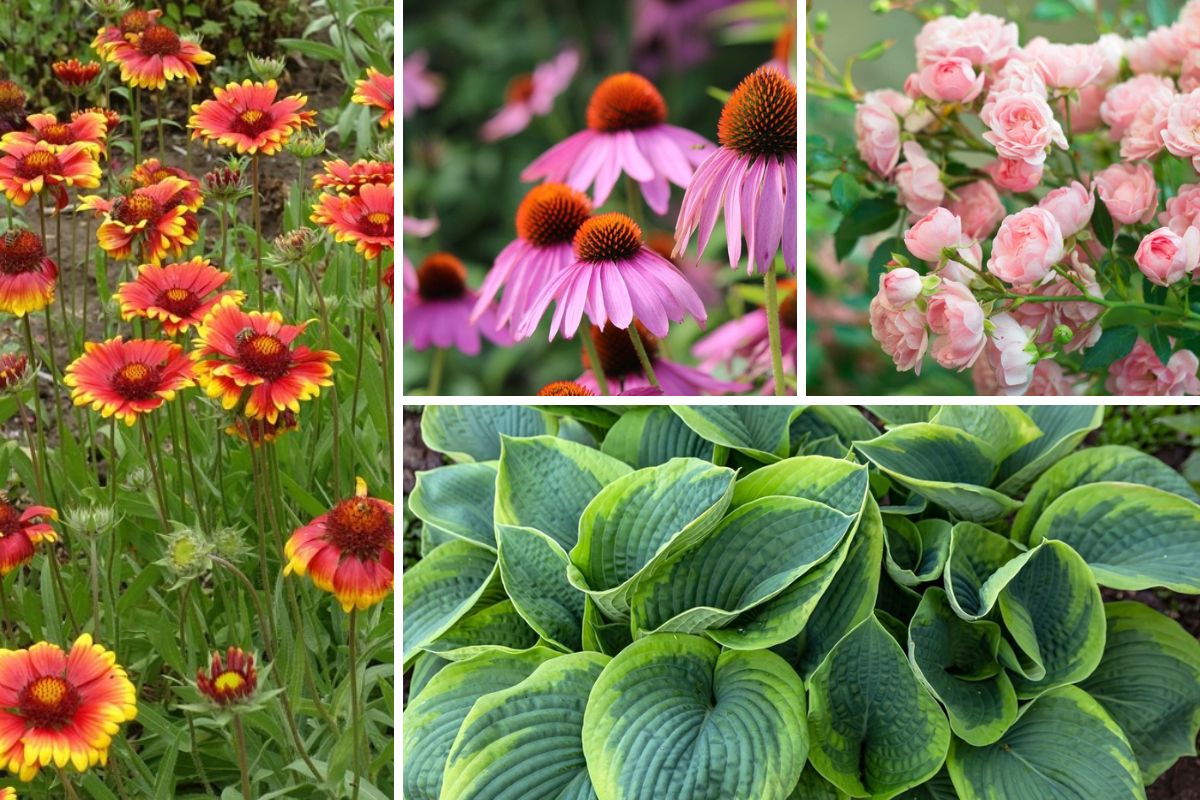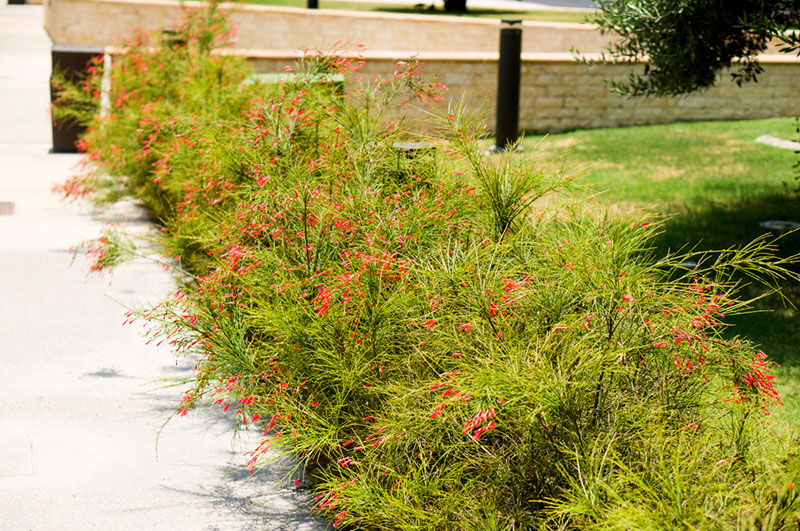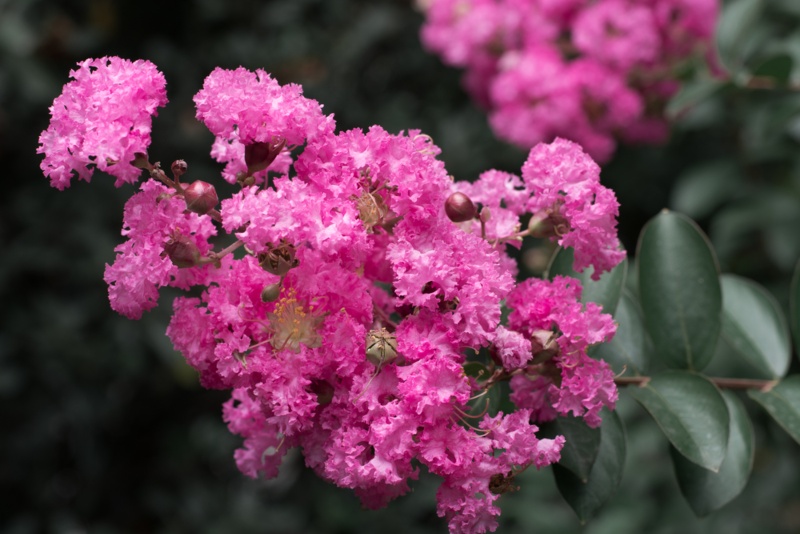
The beautiful crepe myrtle tree is an eyecatcher. Crepe myrtles grow in different sizes, so be sure to fit one that fits your available space.
While there are over 50 types of crepe myrtle, consider these five favorites. These unique choices will add lots of visual interest to your landscaping with their changing colored leaves, different bark texture, and beautiful flowers.
Catawba Crape Myrtle
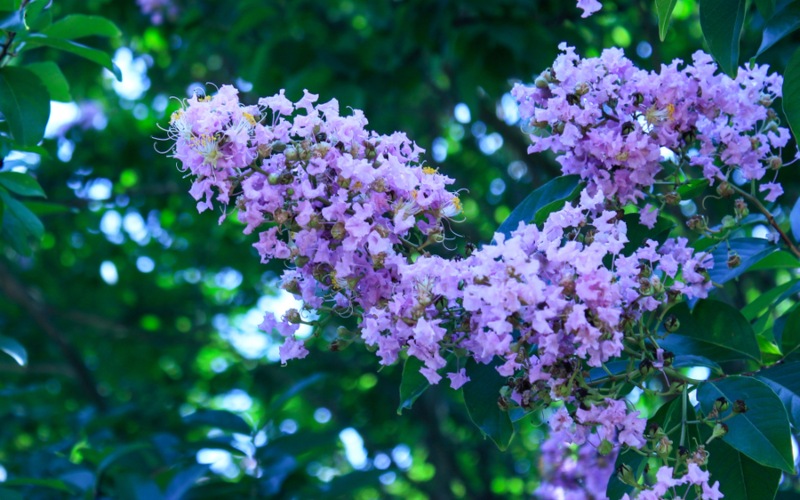
The multi-trunk catawba crape myrtle that grows up to 15-feet tall can be trained as a single-trunk tree. Smooth bark is found on this option. It puts on bronze leaves in the spring and purple flowers in the summer. Once temperatures cool, the leaves on this option turn orange. This sun-loving plant grows well in zones 7 to 9.
Natchez Crape Myrtle
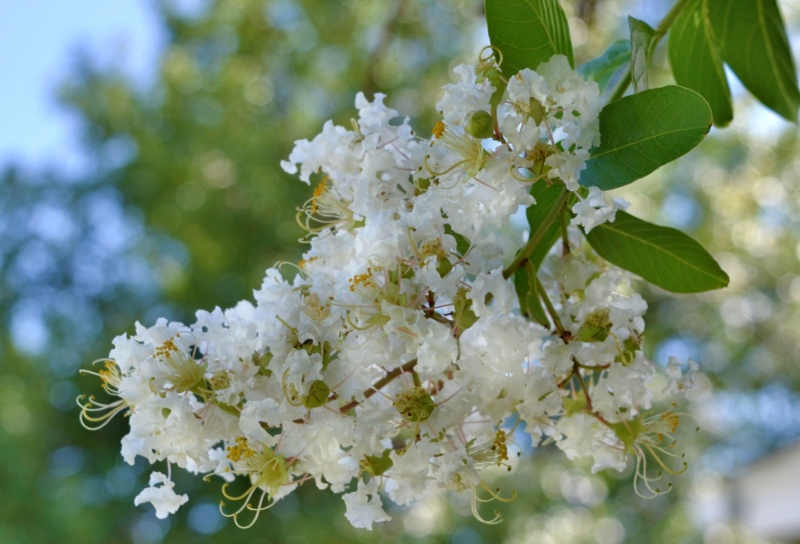
Hardy in zones 7 to 10, the Natchez crape myrtle grows to be about 30 feet tall at the rate of about 5-feet per year. You will love the exfoliating bark on this option. Cotton-white flowers appear in the middle of summer and last for about 100 days. Prune these trees after they bloom, and they may reward you with more flowers. The leaves on this option are glossy green in the spring and summer. They turn a vibrant orange-red in the fall.
Tuscarora Crape Myrtle
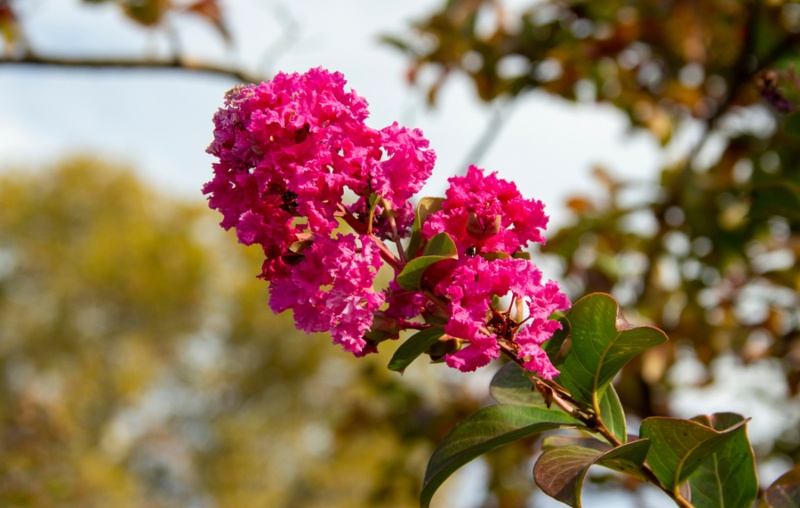
The Tuscarora crape myrtle grows to be about 25-feet tall and spreads to be about 20-feet wide. It offers exfoliating bark, which adds visual interest to this tree when it does not reward you with its dark-pink flowers throughout the summer. It will bloom for about 70 days. The dark-green leaves turn reddish-orange in the fall.
Dynamite Crape Myrtle
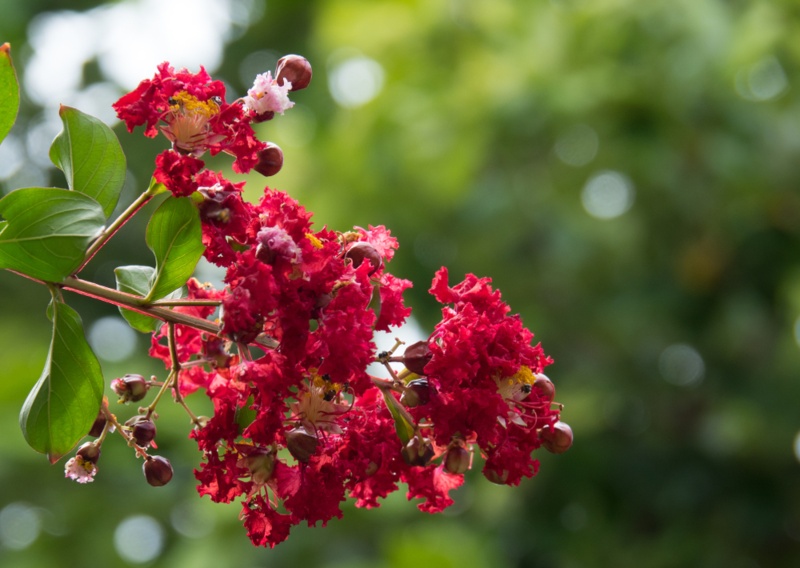
Growing in zones 6 to 9, the dynamite crape myrtle puts on fiery red flowers. The flowers appear in clusters that can be up to 14-inches long. This tree that can grow up to 24-inches in a year reaches about 20 feet at maturity. The dark green leaves turn orange-red in autumn. This sun-loving tree requires very little care once it is established.
Pink Velour Crape Myrtle

If you live in zones 6 to 11, then the pink velour crape myrtle may be the perfect choice for you. This tree grows to be about 12-feet tall and spreads to be about 12-feet wide. The leathery leaves are burgundy in the spring, turn purplish green in the summer and become orange-brown in the fall. The magenta-pink flowers appear mid-summer and last throughout most of the fall. After the flowers fade, then this tree puts on round seed capsules. This tree’s bark is grayer than in other options and exfoliates as the tree matures.
Conclusion
Crape trees can be a beautiful addition to your landscaping. Choose the one that meets your needs the best. Then, enjoy watching it change throughout the year. These trees require very little care, so they are perfect for busy lifestyles. Enjoy growing one or more of them.

